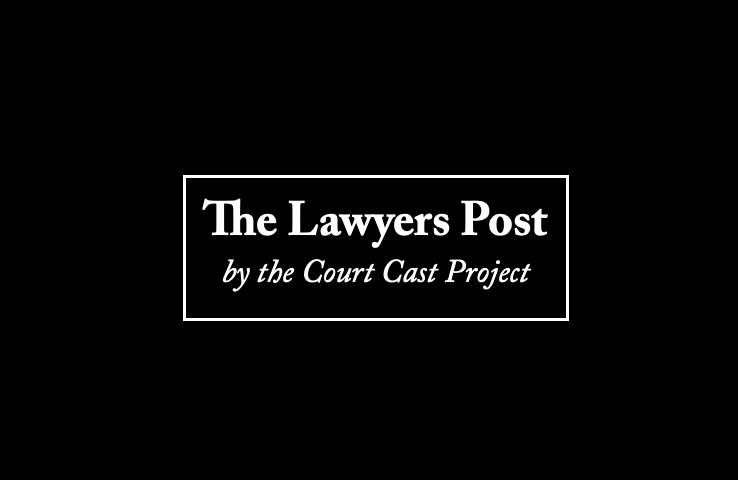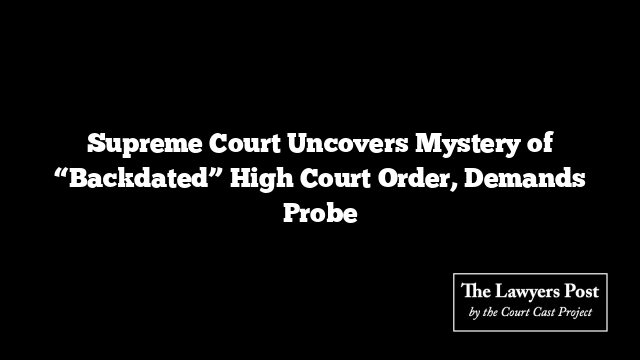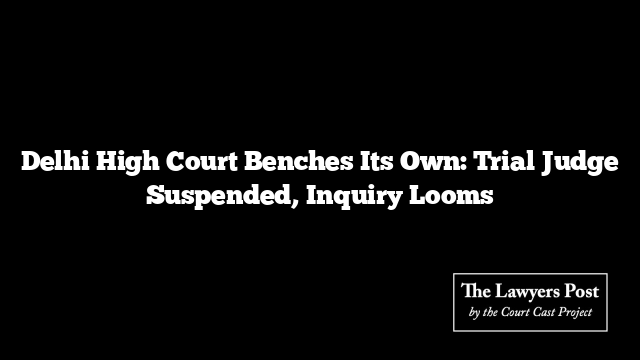A curious trail of dates has led the Supreme Court to question why an anticipatory bail order, officially stamped as July 31, surfaced on the Punjab and Haryana High Court’s website only after the apex court itself stepped in.
The case began when a petitioner, whose bail plea had been rejected, complained that the order was nowhere to be found online. Taking note, a bench of Justices JK Maheshwari and Vijay Bishnoi called for an explanation.
The High Court’s Registrar General eventually reported that the order appeared only after August 22—conveniently just after the Supreme Court demanded answers. The explanation given was that the judge had been undergoing a medical procedure, which apparently delayed matters. But the top court was far from convinced.
Pointing out that the timeline made little sense, the bench bluntly remarked that the order “was not passed on July 31, 2025, in fact, it was passed after the order by this Court.”
Determined to get to the bottom of it, the Court ordered a forensic-style probe: seize the stenographer’s notebook, trace the date the order was typed and corrected, and pull server logs from the National Informatics Centre to establish the true sequence of events.
Meanwhile, the petitioner has been granted interim protection, with directions that no coercive steps be taken against him. Notices have also been issued to the State of Haryana, and the matter will return to the bench in four weeks.





